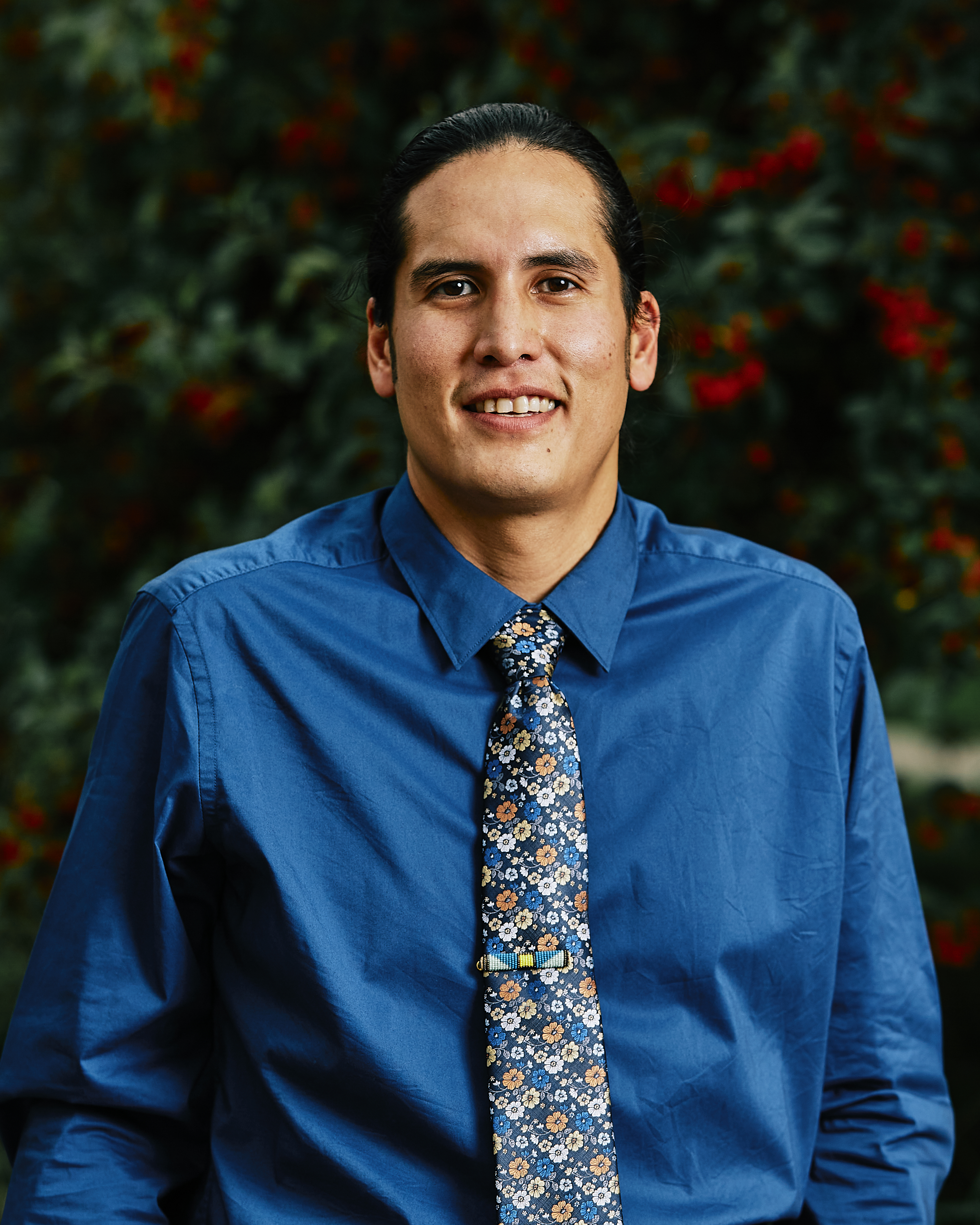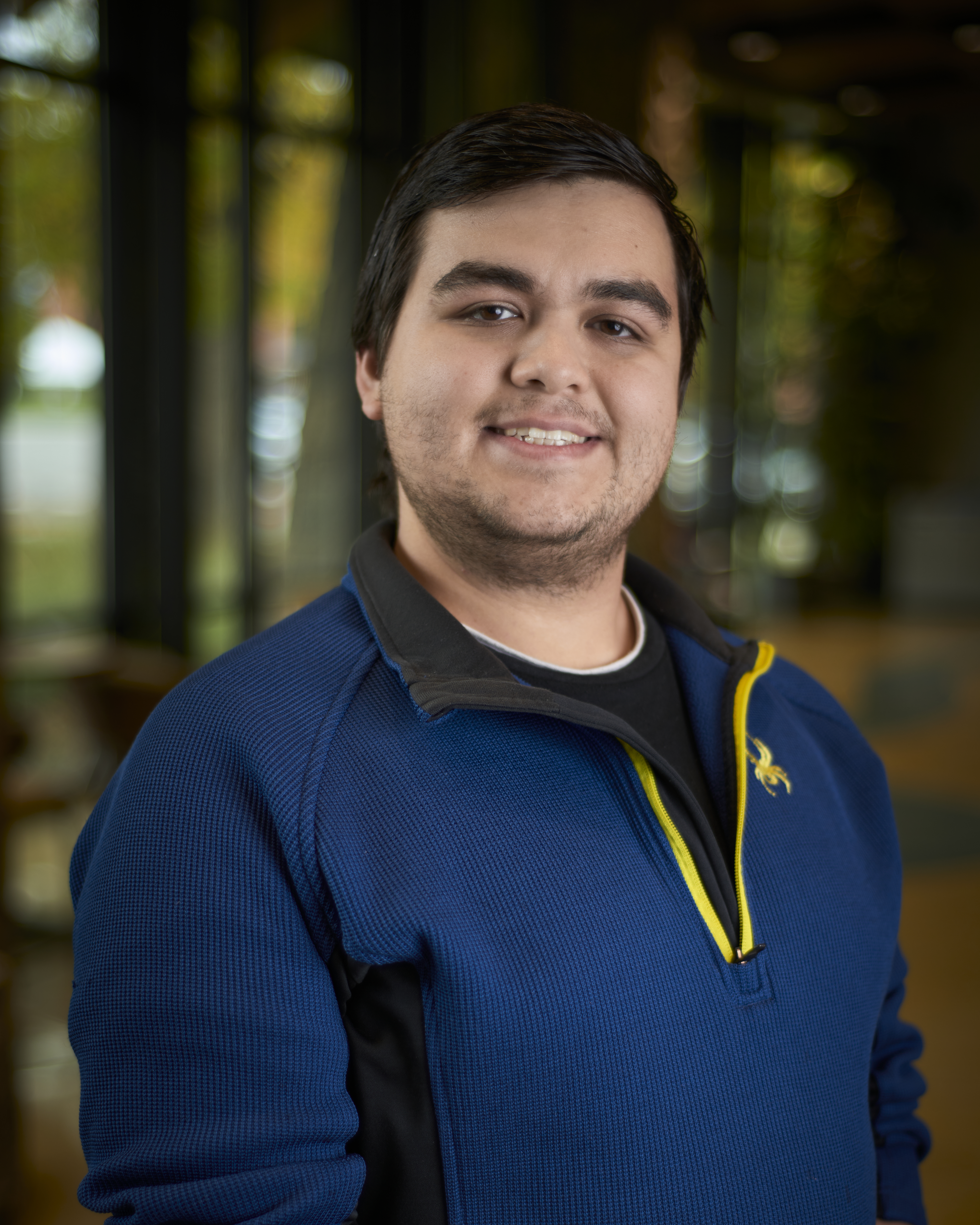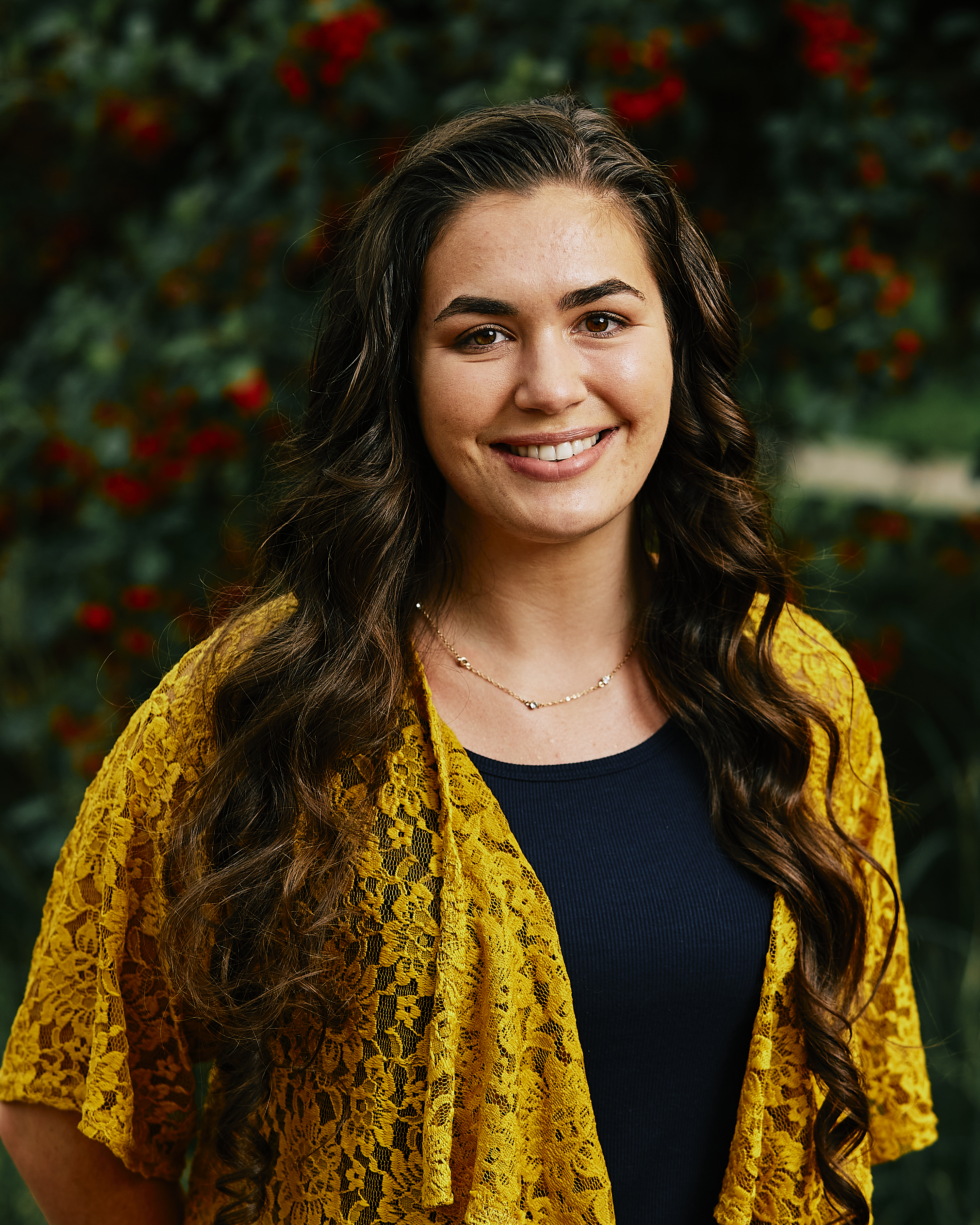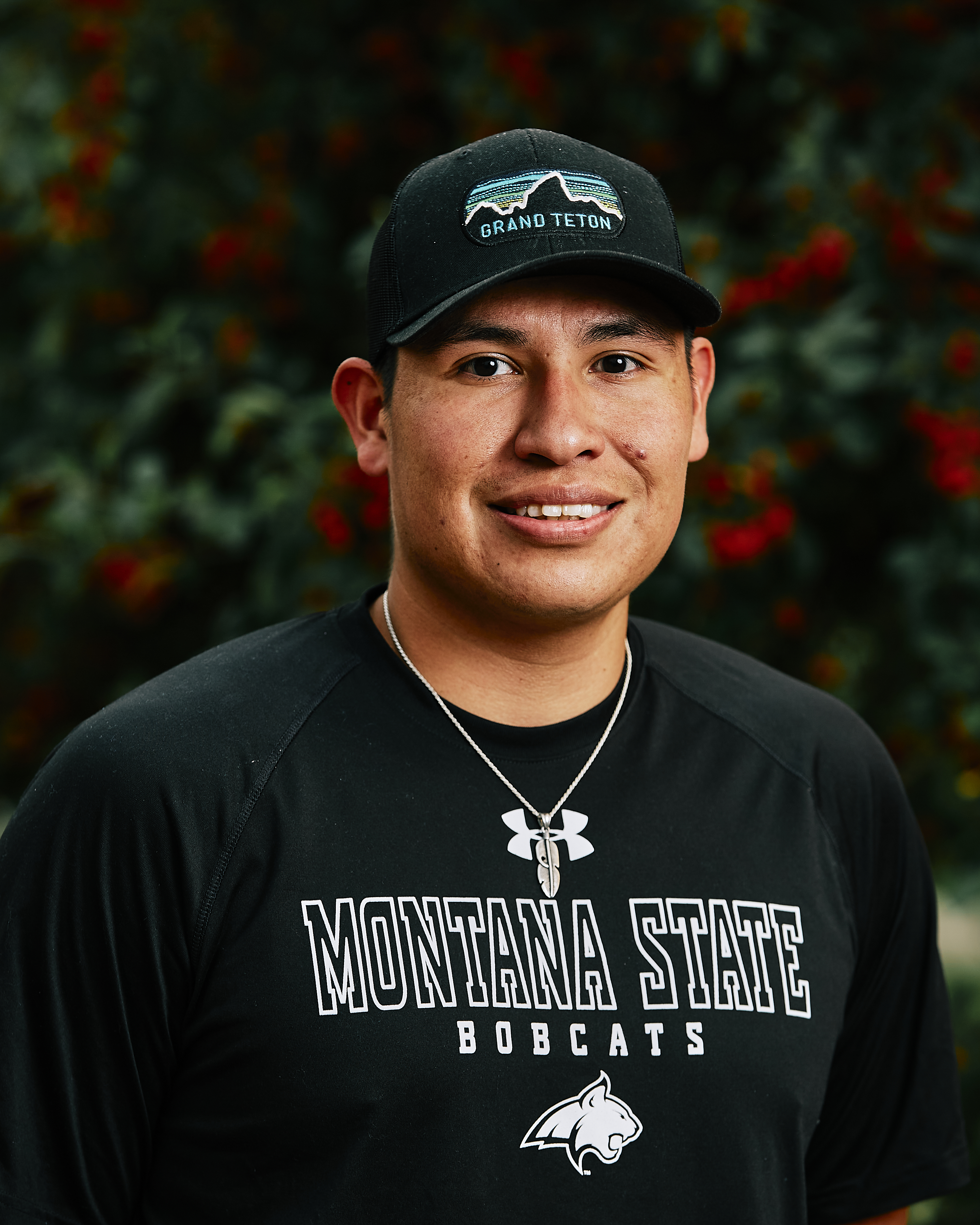The Sloan Indigenous Graduate Partnership (SIGP) Scholarship Program
The Montana University System (MUS) SIGP Program
 The Sloan Indigenous Graduate Partnership (SIGP) is a scholarship program funded by the A.P. Sloan Foundation since 2003 to support
Indigenous (Native American, Alaska Native, Native Hawaiian, and original peoples of Guam, Samoa, or other Pacific Islands with U.S. Citizenship) graduate students pursuing degrees in science, technology,
engineering or mathematics (STEM) with the intent of increasing the number of Indigenous
Americans earning master’s and doctoral degrees in STEM disciplines. The MUS system
- University of Montana (UM), Montana State University (MSU), and Montana Tech (MTech)
partner on this Sloan grant.
The Sloan Indigenous Graduate Partnership (SIGP) is a scholarship program funded by the A.P. Sloan Foundation since 2003 to support
Indigenous (Native American, Alaska Native, Native Hawaiian, and original peoples of Guam, Samoa, or other Pacific Islands with U.S. Citizenship) graduate students pursuing degrees in science, technology,
engineering or mathematics (STEM) with the intent of increasing the number of Indigenous
Americans earning master’s and doctoral degrees in STEM disciplines. The MUS system
- University of Montana (UM), Montana State University (MSU), and Montana Tech (MTech)
partner on this Sloan grant.
The SIGP Program at Montana State

 The overall goal of the SIGP program is to strengthen and expand university initiatives
to recruit, retain, and graduate American Indian and Alaska Native students in STEM
master’s and doctoral programs. SIGP supports American Indian and Native Alaska students
in the form of scholarships, professional development, and community/networking support.
The overall goal of the SIGP program is to strengthen and expand university initiatives
to recruit, retain, and graduate American Indian and Alaska Native students in STEM
master’s and doctoral programs. SIGP supports American Indian and Native Alaska students
in the form of scholarships, professional development, and community/networking support.
At MSU, the SIGP program has attracted an extraordinary group of Indigenous American graduate students who are pursuing degrees in the natural and physical sciences and engineering. Among our students, research has ranged from water quality, chemical contamination, data mining, invasive plants, buffalo, rural healthcare, food preservation to other areas close to the heart of Indigenous peoples.
If you are an Indigenous American who is interested in a graduate degree in science, technology, engineering or mathematics (STEM), we are very interested in talking with you. We believe you will see that the SIGP program can offer you a unique opportunity to earn your graduate degree. Not only will you be given the opportunity for financial support, you will also have access to top faculty here on campus and the chance to connect with other Indigenous Americans pursuing graduate degrees. We look forward to hearing from you!
Sweeney Windchief Ed.D. (Assiniboine)
Associate Professor – Dept. of Education; MSU SIGP PI
MSU SIGP Eligibility Criteria
Applicants must be U.S. citizens and should provide evidence of enrollment in a federally or state recognized tribe. In the absence of such verification, the applicant must provide a written statement explaining her or his connection to a tribe or indigenous community. Applications from U.S. citizens who belong to tribes in Mexico or Canada will be considered.
SIGP Financial Support
The SIGP program provides funding to selected graduate students on a competitive basis. The Sloan awards are a supplement to the assistantship or fellowship funding a Scholar receives from their program. The M.S. SIGP awards are $20,000 total and the Ph.D. SIGP awards are $40,000 total. A student can apply for an M.S. award and then apply separately for a Ph.D. award upon completion of the M.S. degree.
Applying to SIGP
Application Deadlines: April 15th for Fall and October 15th for Spring
Current or admitted graduate students can apply to the Sloan Program, or a department can fill out the form on their behalf. Applications are reviewed by representatives across UM, MSU, and MTech, since the number of SIGP awards is shared by these three universities.
Application Requirements:
- A 1,000-word essay written by the applicant that addresses why he or she should be awarded a SIGP scholarship. Include a brief description of prior academic experience(s), including research (if applicable) and how he or she, as a SIGP scholar, would serve as a role model and/or contribute to the community. Please include a brief statement of commitment to program completion.
- SIGP considers students for the Sloan Scholars Program based on a recommendation from the student’s prospective department. Please include a short letter from the faculty member indicating that the student named in this application should be considered for the MUS SIGP scholarship
- Your Academic Record (as evidenced by transcripts, GPA, and other related materials) from your application to graduate school will be attached to the application by graduate school staff.
- Three letters of recommendation from your application to graduate school will be attached to the application by graduate school staff.
A scholarship applicant must be enrolled or accepted into a qualifying science, technology, engineering, or mathematics (STEM) program at MSU (See the list of eligible Master’s and Doctoral degrees below).
- Animal & Range Sciences (MS, PhD)
- Biochemistry (MS, PhD)
- Biological Engineering (M. Eng.)
- Biological Sciences (MS, PhD)
- Chemical Engineering (MS, PhD)
- Chemistry (MS, PhD)
- Civil Engineering (MS, PhD)
- Computer Science (MS, PhD)
- Data Science (MS)
- Earth Sciences (MS, PhD)
- Ecology & Environmental Sciences (PhD)
- Electrical & Computer Engineering (MS, PhD)
- Engineering-Applied Mechanics (PhD)
- Entomology (MS)
- Environmental Engineering (MS, PhD)
- Fish & Wildlife Biology (PhD)
- Fish & Wildlife Management (MS)
- Immunology & Infectious Disease (MS, PhD)
- Individual Interdisciplinary (PhD)
- Industrial Engineering (MS, PhD)
- Land Rehabilitation (MS)
- Land Resources & Environmental Sciences, non-online program (MS)
- Materials Science (PhD)
- Mathematics (MS, PhD)
- Mechanical Engineering (MS, PhD)
- Microbiology & Immunology (MS, PhD)
- Molecular Biosciences (PhD)*
- Neuroscience (PhD)
- Optics & Photonics (MS)
- Physics (MS, PhD)
- Plant Pathology (MS)
- Plant Science (MS, PhD)
- Statistics (MS, PhD)
-
Sustainable Food Systems (MS)
*The Molecular Biosciences program does not offer its own degree; rather it is an interdisciplinary program where students enter and try research in many fields and then decide in which field to get their PhD.
Requirements and Guidelines for Sloan Scholars
Sloan awardees will be referred to the National Action Council for Minorities in Engineering (NACME) who will oversee the distribution of the awards. The requirements and guidelines for each Sloan scholar are outlined below.
- Upon their nomination to NACME and acceptance as Sloan Scholars, students will generate a multi-year plan for projected use of their Sloan funds that will take into account the institutional sources of support the students have been awarded and their prospects for other competitive fellowship programs. Their mentor or campus program director will approve this plan. The length of the plan will depend on their degree status (e.g. M.S., entering Ph.D., or a Ph.D. student who enters with a M.S. degree or has passed a qualifying exam) as set forth in item 2 below. These plans are non-binding and intended to begin, and then continue, careful financial planning and resource management on the part of the graduate student. The plans will be reviewed annually by the student and the mentor/program director, and updated as needed. A copy of the approved/modified plan will be sent each year to NACME. At the end of the first and subsequent years, students will report by general category on their use of Sloan funds in the previous year; this information will be used for summary program review purposes only.
- Students will have a maximum number of years to access Sloan funds as follows:
- for SIGP Master’s students: four years from date of initial degree start;
- for SIGP Ph.D. students who enter the Ph.D. program with a Master’s degree: four years from the date of Ph.D. start; and
- for SIGP Ph.D. candidates without prior graduate study in the current field: seven years from the start of the Ph.D. program.
- The maximum number of years includes the total time spent in active student status, on university-approved leave for program purposes, and on any form of university-approved medical, family, or personal leave.
- Students must be, and remain, in good academic standing as defined by their university to receive Sloan funds.
- Once nominations are made and approved by NACME, NACME will establish for each student
in a particular cohort a scholarship account with a maximum number of years as indicated
in #2 above. Funds in these accounts will be released as stipends directly to the
student according to the approved spending plan as per #1 and according to the following
schedule:
- no more than 50% in year 1, 25% in year 2, and 25% in year 3 for Ph.D. students, and
- no more than 50% in years 1 and 2 for M.S. students.
Within the maximum number of years indicated in #2 above, students may draw down funds only in three years, which may be consecutive or non-consecutive. Stipend checks within a given year may be paid out in no more than three installments, e.g. fall and spring semesters, and summer. Funds remaining in a student’s NACME account established with Sloan funds in excess of $100.00 will be returned to Sloan accounts at NACME when the student graduates, when the student withdraws or is withdrawn, or when the maximum number of years is reached as indicated in item #2 above, whichever is first.
Meet the MSU Scholars

Rhys Trousdale
Rhys' research focuses on organic partitioning and bio-accumulation using multiple components of optical spectroscopy.

James Vallie
James' research focuses on Native food preservation techniques in evaluating the sustainability, safety, and sensory aspects of such a unique process.

Steven Davis
Steven’s professional work and research focuses on indigenizing engineering education and broadening access to higher education for indigenous students. Current research translation efforts are aiming to bridge the gap between traditional, Indigenous ways of knowing and contemporary, Western sciences – i.e. fluid mechanics, heat transfer, mass transfer principles inherent in the design and building of lodges and/or tipis.

Eric Pritchard
Bio coming soon

Zena Robert
Bio coming soon
Madisan Chavez
Madisan's research investigates water quality at Chief Plenty Coup Springs near Pryor Montana: A fifty-year legacy of wastewater management and cultural significance.

Malia Naumchik
Malia's research focuses on looking at the impacts of BLM and Forest Service restoration projects on plant and pollinator communities and their interactions.

Naomi Redfield
Naomi's research focuses on Chronic Wasting Disease.

Miranda Rowland
Bio coming soon

Russell Conti
I grew up in Rapid City, South Dakota, and am a member of the Oglala Lakota Sioux Tribe. I attended Montana State University for my undergraduate degree, where I studied in the Land Resources and Environmental Science Department. I am now working in the Ecology Department, where my research focuses on understanding the spatial-temporal influences of urban-derived nutrients inside streams within a quickly developing Mountain West Community.

Sadie Posey
Sadie’s research is focused on the characterization and identification of Indigenous plants, berries, and medicines. Focusing on the characterization of chemical composition and pigment analysis for the application to cosmetic and skincare products. Sadie also participates in research on characterizing battery electrolyte systems for dual-ion hybrid capacitors.
Bree Eastman
Bree’s research focuses on the return of the buffalo to their historical and traditional lands for cultural, ecological, and economic benefits. While in her graduate program, Bree will be assisting in writing a Buffalo Caretaker Certificate for the Blackfeet Community College. Alongside this project, Bree will be researching the physiological changes of buffalo per season and how these changes affect meat quality and nutritional value in alignment to the traditional Indigenous seasonal round hunting and harvesting calendar.

Liv Wheeler
Liv's research combines geochemical analysis with geologic mapping techniques to better understand Yellowstone's most recent caldera-forming eruptions. Recent research has revealed geochemical discrepancies in the Lava Creek Tuff and the Mt Jackson Rhyolites, specifically near Madison Junction. Analyzing these flows can deepen our understanding of the Yellowstone Caldera's formation and contribute to predicting future eruptions.

Tristan Running Crane
Tristan's research is focused on advancing the cybersecurity of edge computers used in the nation's power grid. Specifically looking at hardware solutions to defeat side-channel attacks.
MSU Sloan Alumni

Ian McRyhew
MS, Land Resources Environmental Sciences

Trevor Zahl
PhD, Microbiology and Cell Biology

Kendall Edmo
MS, Earth Sciences

Stephanann Costello
PhD, Chemistry and Biochemistry

Lila Bull Chief
MS, Microbiology and Immunology

Jessica Eggers
Jessica's research focuses on investigating the impacts of projected warmer growing seasons on Montana's native forbs and their associated arbuscular mycorrhizal fungi.

Kyle Matt
Kyle's research focuses on the dynamics of stars and galaxies.

Mariah Romero

Latrice Tatsey
Latrice’s research focuses on organic matter and carbon in soil, and specifically, the benefits to soil from the reintroduction of bison (iin-ni) to their traditional grazing landscapes on the Blackfeet Reservation.

Zachariah Fighter
Zach's research focuses on the association of fire and herbicide control strategies on the invasive annual grass Ventenata dubia, as well as incorporating geospatial data and tools such as remote sensing and GIS to help detect and monitor species of concern.

Trisheena Kills Pretty Enemy
Trisheena focuses on applying research in microbiology, including on the SARS-CoV-2 virus, to health in Indian communities.
MSU Sloan Scholars & Alumni in the News
- Jason Baldes (Land Resources & Environmental Sciences, M.S., 2016) is featured in the MSU publication, Mountains and Minds, in a story about his ongoing work to restore buffalo to the Wind River Reservation in Wyoming.
- Audrey Harvey (Land Resources & Environmental Sciences, M.S. 2019) is mentioned in the MSU publication, Mountains and Minds, in a story focused on MSU’s efforts to create a home away from home for Native students. See a recent article about Audrey's life-long focus on land conservation in NAU News where Audrey is pursuing a PhD.
- Anita Moore-Nall (Earth Sciences, Ph.D., 2017) is featured in the MSU College of Letters and Sciences publication, Confluence.
Contact Information
Please contact the Graduate School, [email protected] for more information.
Visit the Sloan Foundation SIGP webpage or find us on Facebook.
